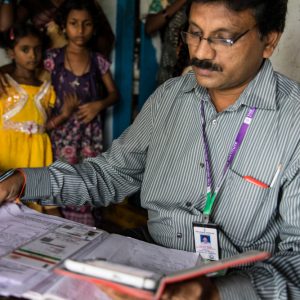
Why digital health is beneficial to clinical trials
In the world of healthcare, time is always of the essence. Researchers are continuously looking for new solutions to help improve patients’ well-being and ultimately save lives. The discovery process of new treatments takes an enormous amount of time and resources in order to generate good evidence to prove that they are safe and that […]
Read More











